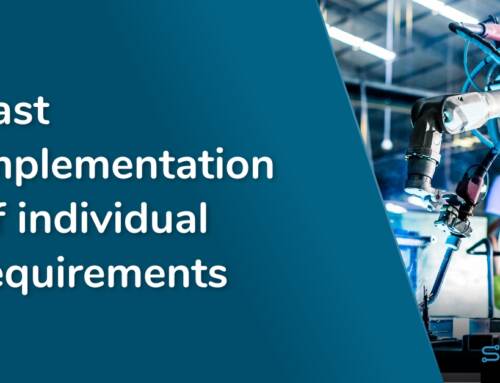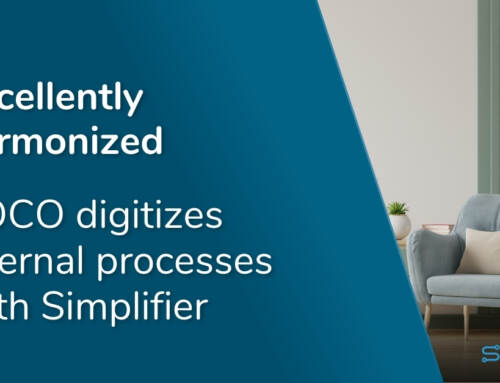What is Augmented Reality?
Augmented Reality (AR)is a technology for intelligent expansion of human perception of reality by overlaying the field of view with information.The field of view is overlapped with digital information. This computer generated additional information can act as visual representations such as text, images or sounds. Even perspective of embedding animated 3D models or haptic interactions are possible. The special part of AR is that the additional information always is presented in the appropriate context. The user only can see the data which is needed. So a storage location can be highlighted while a special product is sought like shown in the accompanying example.
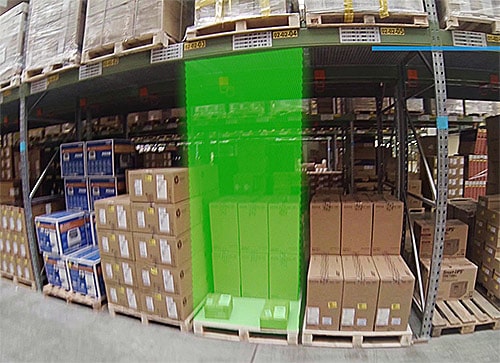
Context sensitive information
Here is an example of a warehouse management system in which a storage bin is visually highlighted. This saves time for finding a product. In addition, errors such as incorrect pick-up or take-off are prevented.
Why Augmented Reality?
The Internet of Things (IoT) creates enormous amounts of data. But most conventional applications are not able to present them clear enough when needed in mobile use. With AR is becomes possible to present digital data fitting to the actual context. So there is a genuine added value. The opportunities are almost unlimited – interactive trainings at a machine, visualization of process steps of repairing wind turbines, warnings while entering danger areas in factories or the increased brand erxerpience at an exhibition booth.
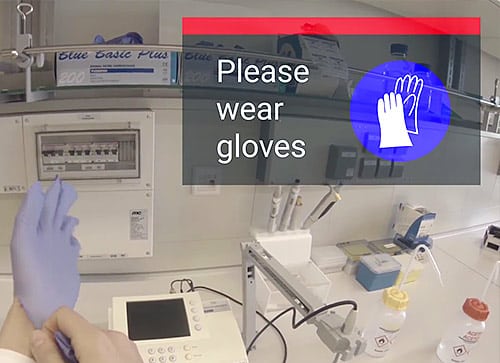
How does Augmented Reality work?
Here we will clarify how Augmented Reality works in three steps using the example of access control to a laboratory.
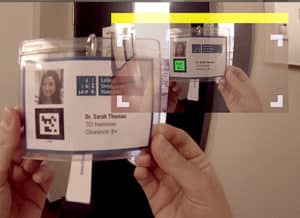
The code on the ID card is scanned with the smart glass. The green marking shows that the code was scanned successfully.
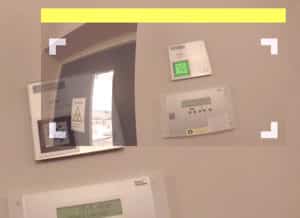
The code next to the door also is scanned and a database matches if the owner of the ID is allowed to use the laboratory.
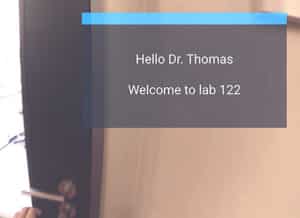
As the owner is allowed to use the laboratory in this example this information is given as a welcome. At the same time an electronic lock system opens the door.
Technical requirements for Augmented Reality
Today AR can be used with every modern device. Heutzutage ist AR mit jedem modernen Endgerät nutzbar. Depending on the application this can be either a laptop, a smart phone, a tablet or a smart glass. The underlying AR software uses several intelligent ways for detecting real objects based on real time analysis of the camera image and other sensors. So it becomes possible to connect digital information with real objects. This opens up diverse possibilities of use.
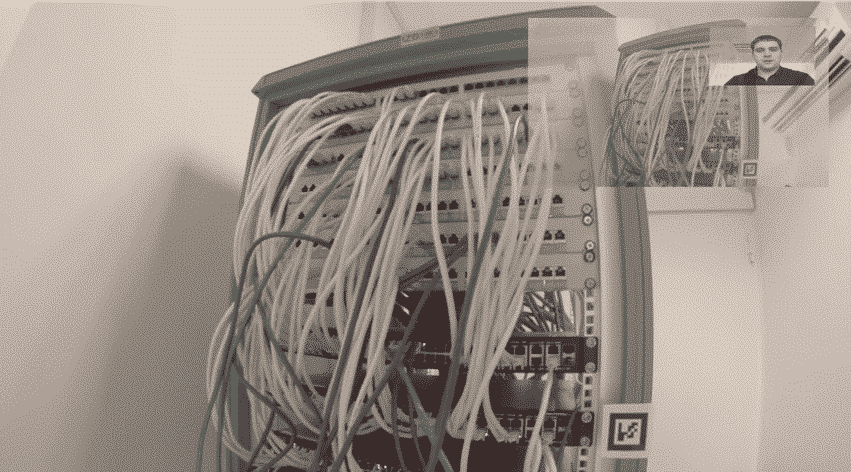
Ask experts
Good advice doesn’t have to be expensive. AR projects arrows so the user knows where to act. Damaged parts are highlighted. Thanks to that the right parts are exchanged.
Be on the safe side
AR identifies the correct chemicals. There are no combustile mixtures by accident.
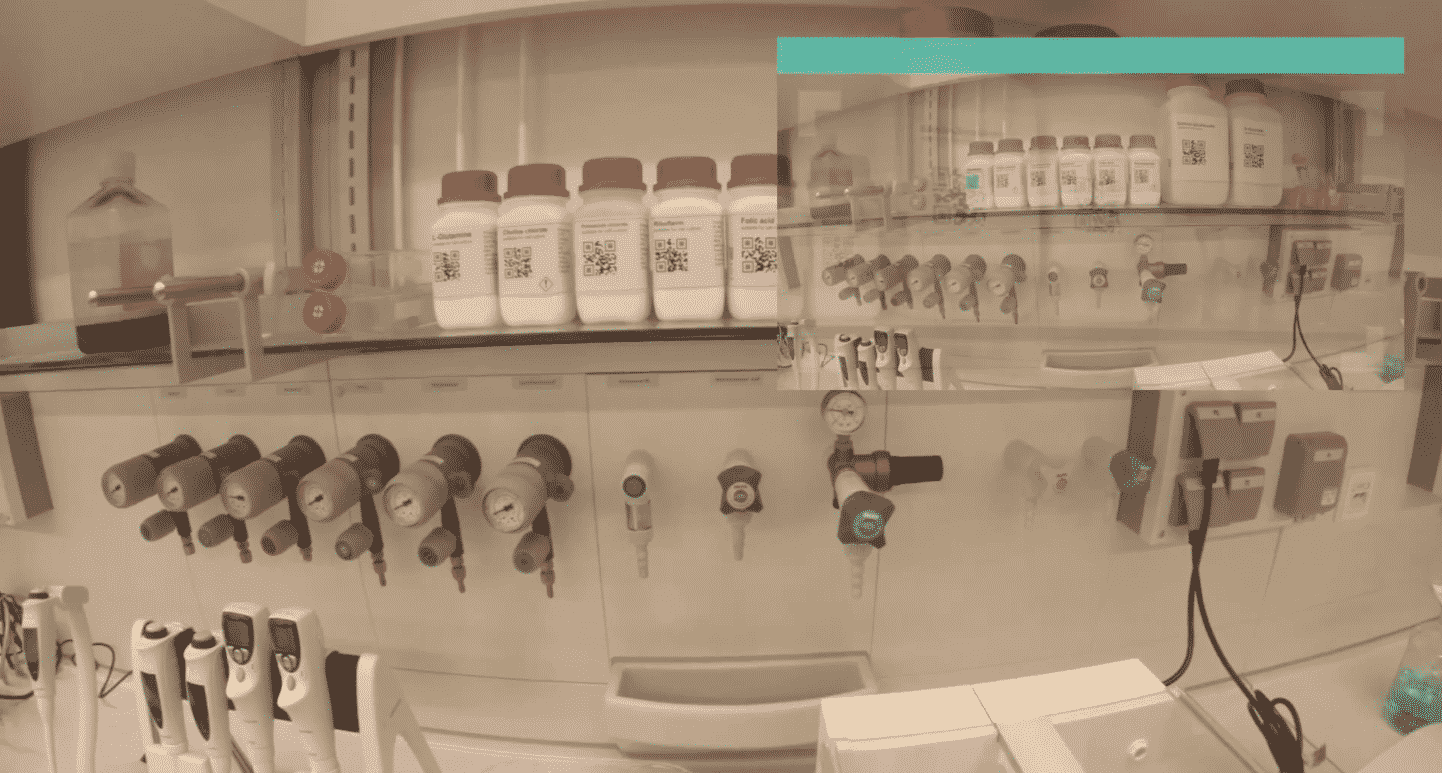
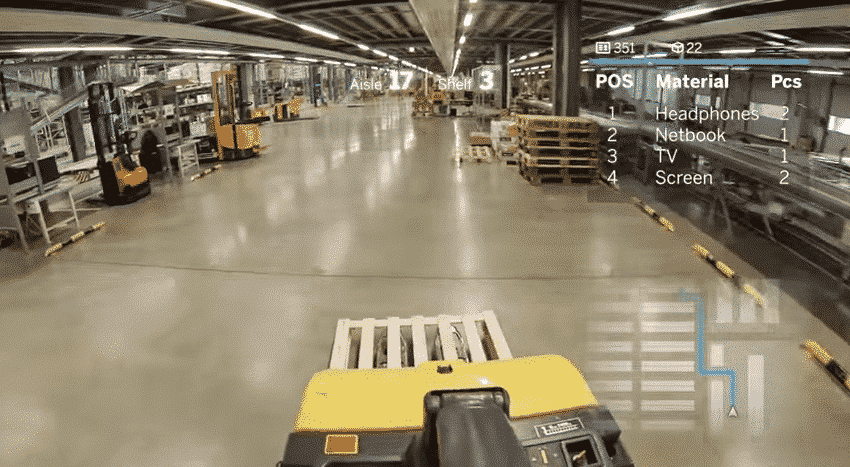
Have all information
What? How much? Where? Looking through the smart glass the picker is provided with all the information needed without using his hands.
Get automated warnings
Signs loose their effects after some time. AR projects warnings into the field of view and these warnings will definitely be seen.
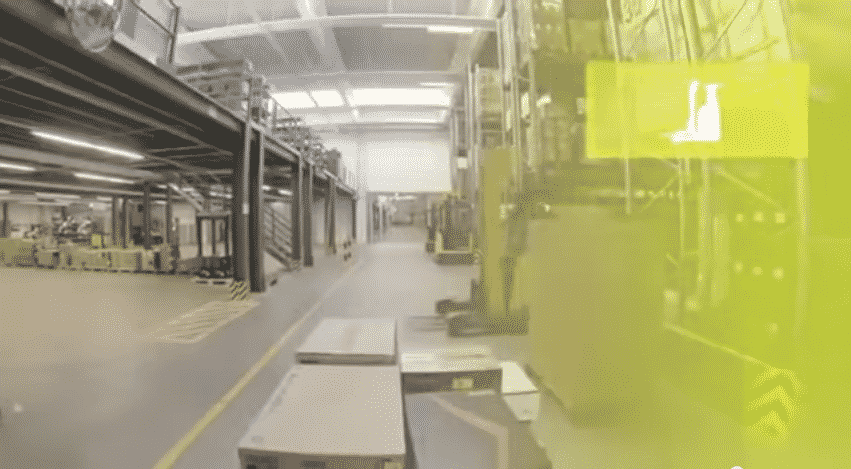
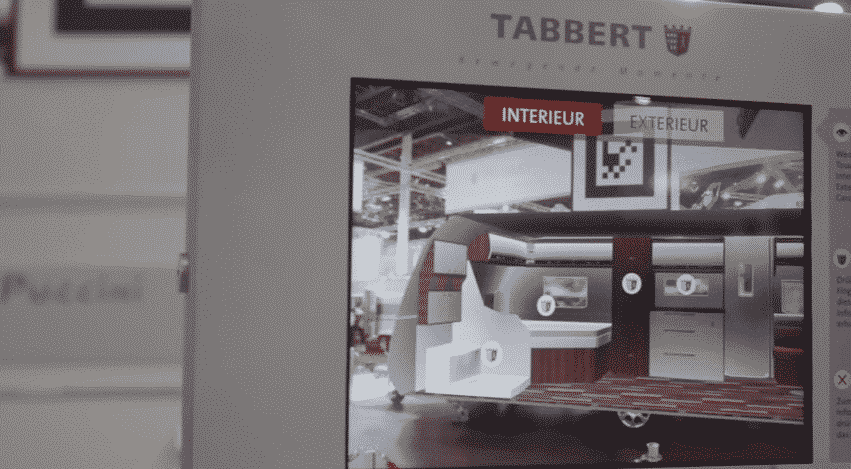
Offer additional information
Show your product features which would remain unseen without AR. Show the insides of your products – from caravan to industrial plant. 3D-models and interior views make products perceptible.
What to do next?
These examples show what AR can achieve and the technology has not yet reached its limits.
Read more about developing an AR-app the right way

